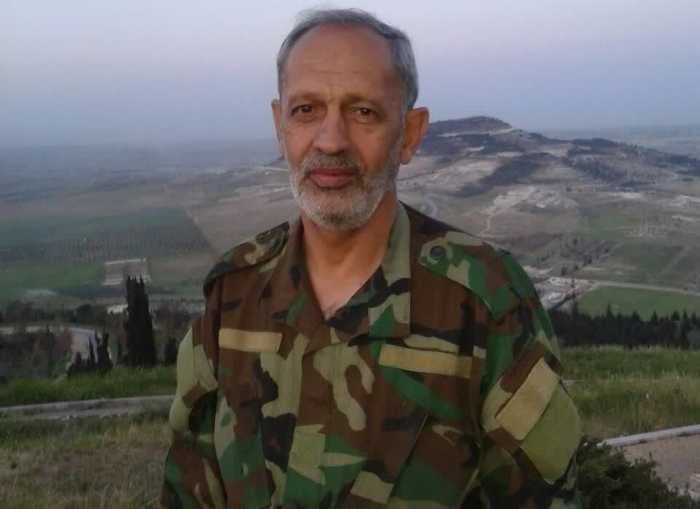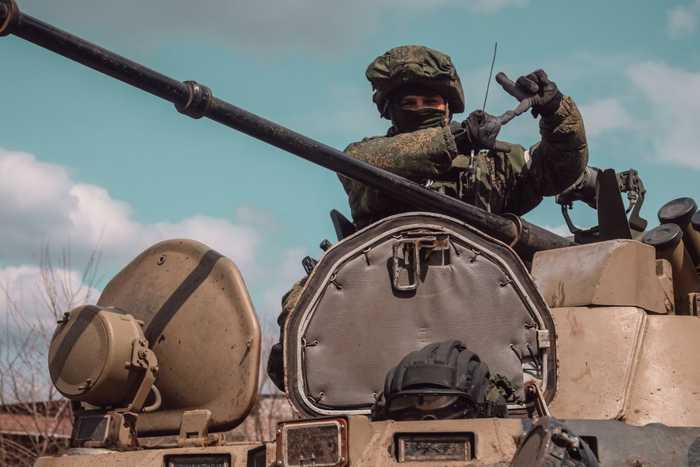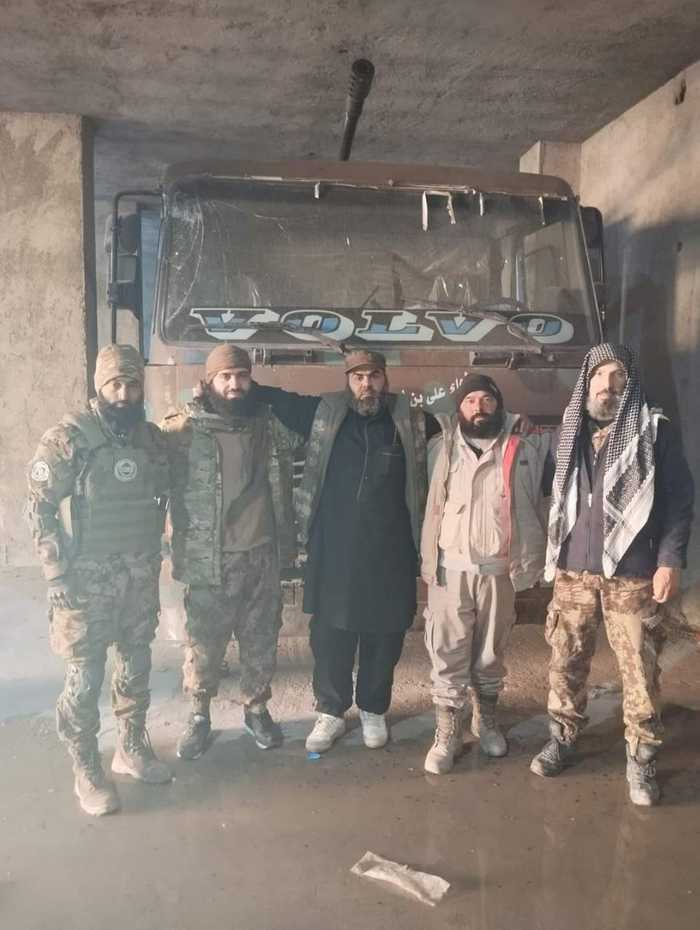Published 14:15 IST, November 29th 2024
Battle for Aleppo Begins as Salafist Fanatics Inflict Heavy Loses on Russian and Iranian Forces
Aleppo has become a renewed battleground in Syria’s protracted conflict, as anti-government forces launched a major offensive on November 27.
- Defence
- 4 min read
Aleppo, Syria — Barely weeks after the conclusion of the conflict in Lebanon, a new flashpoint has emerged in the Middle East. Syrian anti-government forces have launched a fierce offensive on Aleppo, Syria’s largest city, intensifying the conflict for the first time since 2020. The renewed clashes come amid shifting dynamics in the region, as the Syrian government faces mounting challenges both internally and externally.
Rebel factions, operating under the Al-Fath Al-Mubin Operations Room, initiated their offensive on November 27. The coalition includes Hay’at Tahrir al-Sham (HTS), the National Liberation Front, and other factions. They have rapidly captured territory along the Damascus-Aleppo highway, leaving government forces struggling to mount a significant resistance. Reports suggest that dozens of villages have fallen, and rebels are advancing unimpeded.
This escalation has triggered widespread concerns. HTS, a coalition of Sunni Islamist insurgents, has declared its intent to overthrow the Assad regime, targeting Iranian and Russian forces that support the government. Rebel forces have reportedly destroyed symbols of Syrian President Bashar al-Assad’s regime and dismantled Russian propaganda in the captured areas.
Iranian Revolutionary Guard Corps General Killed
During intense clashes near Aleppo, Iranian Revolutionary Guard Corps (IRGC) General Kiyumars Pourhashemi was killed. Reports also indicate the deaths of several Russian Wagner Group mercenaries, along with the capture of Russian military equipment. The loss underscores the vulnerability of Assad’s regime as it grapples with declining support from international allies.

Assad has flown to Moscow for urgent consultations with Russian President Vladimir Putin, reflecting the gravity of the situation. The redeployment of Russian troops to Ukraine and the weakening of Hezbollah, following its confrontation with Israel, have further strained the regime’s capacity to counter the growing insurgency.
Syrian Arab Army backed by Russian Air Support
In response to the offensive, the Syrian Arab Army (SAA), backed by Russian air support, launched a series of counterattacks. Russian aircraft, SAA warplanes, and helicopters have heavily bombarded rebel-controlled areas in the Aleppo and Idlib countrysides, including Taftanaz, Darat Izza, and Al-Atarib. The scale and intensity of the bombardment suggest that a broader escalation is imminent, with fighting likely to extend beyond western Aleppo.

The SAA has also deployed rocket launchers and air defence systems in an effort to contain the offensive. However, observers note that these measures may not suffice, given the rapid advances made by the rebels.
HTS: The Force Behind the Offensive
Hayat Tahrir al-Sham (HTS), a coalition of Sunni Islamist insurgent groups, has emerged as a central force in the conflict. The group, rooted in the Nusrah Front—al-Qa‘ida’s former Syrian branch—has evolved into a dominant player in northwest Syria, particularly in Idlib Province.
HTS operates with an estimated strength of 5,000 to 10,000 fighters and employs tactics ranging from guerilla warfare to suicide attacks. The group’s primary focus remains the Assad regime, although its broader agenda includes establishing a government guided by a fundamentalist interpretation of Islamic law.

The U.S. designated HTS as a foreign terrorist organization in May 2018, further complicating international efforts to address the crisis.
The battle for Aleppo has reignited fears of a prolonged and intensified conflict in Syria, with broader regional repercussions. The timing of the offensive, coinciding with the weakening of Hezbollah and the redeployment of Russian forces, signals a calculated effort by the rebels to exploit shifting power dynamics.
Observers warn that the escalating violence could destabilize the region further, as neighbouring countries and global powers reassess their positions. The direct involvement of Russian forces, coupled with Iran’s strategic losses, highlights the growing international stakes in Syria’s civil war.
A City Under Siege
As Aleppo braces for an uncertain future, the city once again finds itself at the epicentre of Syria’s protracted conflict. With government forces retreating and rebel factions advancing, the battle for Aleppo is likely to determine the trajectory of the Syrian civil war in the months ahead.
-1732869865468.webp)
For now, the fate of Aleppo hangs in the balance, a stark reminder of the fragility of peace in a region marred by decades of conflict.
Updated 14:15 IST, November 29th 2024